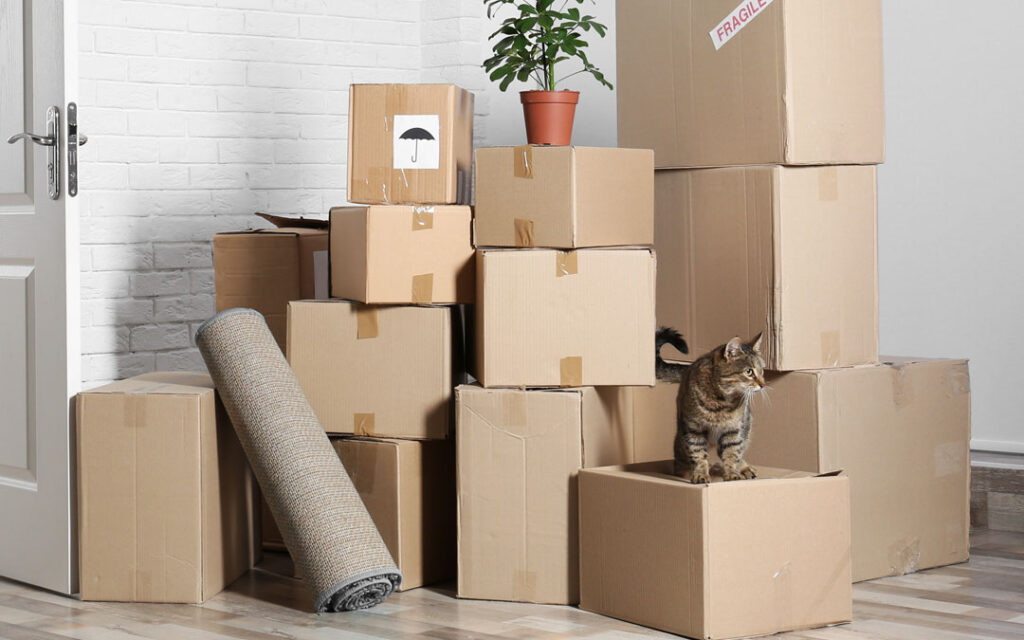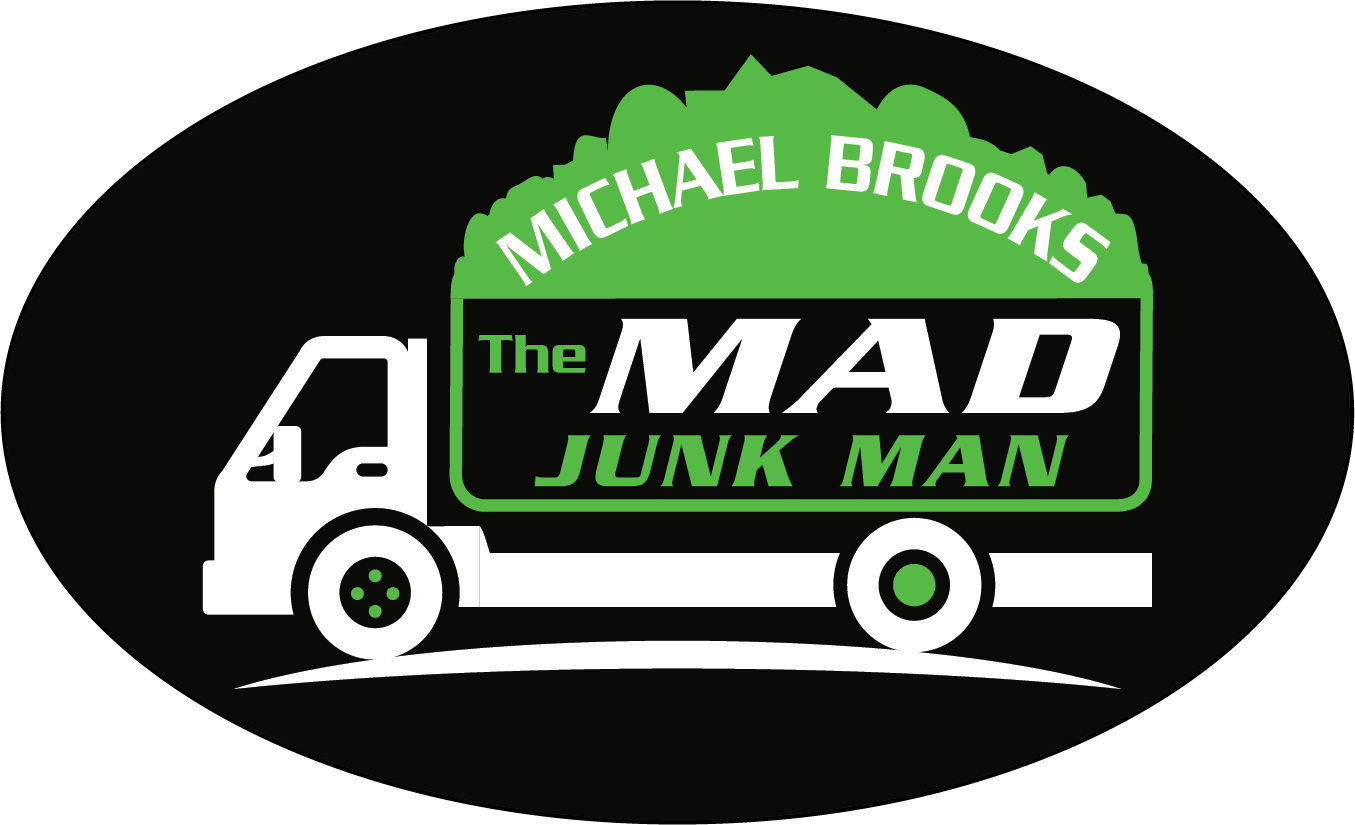
Learn how to minimize waste when moving homes. Use our tips and strategies for reducing waste during relocation. Start your sustainable move today!
You’re surrounded by cardboard boxes, packing tape, and a mountain of belongings accumulated over the years. As you prepare for your upcoming move, you can’t help but notice the sheer volume of items you own and the potential waste that comes with relocating.
The process of moving homes often generates a significant amount of trash, from discarded packaging materials to unwanted possessions. However, with some thoughtful planning and eco-friendly strategies, you can shrink your environmental impact during your move.
Read on to find out how to minimize waste when you’re moving homes.
Plan Ahead
A well-thought-out plan not only streamlines the moving process but also helps you make environmentally conscious decisions every step of the way.
Begin by making yourself a detailed moving checklist that goes through all the things you need to get done before, during, and after the move.
This checklist should include steps such as sorting through your belongings, and scheduling your move with an eco-friendly moving company. You should also start to declutter before moving.
Next, gather your packing supplies. Instead of purchasing new boxes and bubble wrap, consider borrowing or renting reusable packing materials like plastic bins, crates, and suitcases.
Many moving companies and rental services offer these options, which can significantly cut down on the amount of single-use cardboard and plastic waste generated.
Start collecting used boxes from local businesses or friends and family well in advance of your move. Make sure these boxes are sturdy and in good condition to ensure your belongings are safely transported.
Use Efficient Packing Techniques
By being strategic about how you pack, you can reduce waste during moving and protect your belongings more effectively.
One of the simplest yet most effective techniques is to use what you already have. Household items like towels, linens, and clothing can double as protective padding for fragile items.
Wrap dishes in dish towels, use socks to cushion glassware, and pack breakables in soft clothing to avoid the need for bubble wrap or packing peanuts. This not only reduces waste but also ensures that you’re making the most of the space in your moving boxes.
Another key strategy is to pack items efficiently to maximize space and reduce the number of boxes needed. Pack your heavier items at the bottom of every moving box and lighter items on top. This not only prevents damage but also makes the most of the available space.
Use smaller boxes for heavier things and bigger moving boxes for lighter, bulkier items to make handling easier and more efficient. Fill any empty spaces up with smaller items or additional padding to avoid shifting during transit.
Labeling your boxes clearly and organizing them by room can also make a significant difference. By clearly indicating the contents and destination of each box, you can speed the unpacking process and reduce the possibility of items being misplaced or needing to be repacked.
This saves you valuable time and reduces the chances of damage, which can result in less waste and fewer replacements needed.
Furniture pads and dollies are particularly useful rental items. These tools help protect your belongings and make the moving process more efficient, reducing the risk of damage and the need for excessive packing materials.
Renting a moving truck instead of making multiple trips in a smaller vehicle can lower fuel consumption and emissions, contributing to a more eco-friendly move.
Borrow and Rent
By leveraging borrowed and rented items, you can significantly cut down on waste and make your move more sustainable.
Start by reaching out to friends, family, and neighbors who may have moving supplies they can lend. Items such as boxes, packing tape, bubble wrap, and moving blankets are commonly found in households and can be reused multiple times.
Not only does borrowing these supplies save money, but it also keeps these items in circulation. That reduces the demand for new materials.
Another effective option is to rent moving supplies from specialized companies. Many businesses offer durable, reusable plastic bins, dollies, and furniture pads that you can rent for the duration of your move.
These items are designed to be used repeatedly and are often more robust than their disposable counterparts. Renting supplies ensures that they are returned and reused by others, significantly cutting down on waste.
Sell and Donate
Consider selling items that are in good condition and have some market value. Online platforms or local stores are great places to list furniture, electronics, clothing, and other household goods.
Hosting a garage sale is another effective way to declutter and make some money. Not only does selling these items keep them out of landfills, but it also provides you with extra funds that can offset moving expenses.
For items that may not sell easily but are still in good condition, donation is an excellent option. Many charitable organizations accept a wide range of donations, including clothing, furniture, appliances, and toys.
Donating these items helps support those in need and gives your possessions a second life, reducing waste and promoting reuse.
Bring In The Experts
Hiring junk removal experts can be a game-changer when it comes to reducing waste during relocation. These professionals specialize in efficiently and responsibly disposing of items that you no longer need. This ensures that as much material as possible is recycled or donated rather than ending up in a landfill.
Using a junk removal service not only helps you reduce waste but also saves you time and effort. Instead of spending hours or even days sorting, packing, and transporting items you no longer need, you can focus on preparing the essentials for your move.
This not only makes your relocation more efficient but also lowers the general stress that can come with moving. They might even be able to give you some more eco-friendly moving tips.
How to Minimize Waste When Moving: Start Today
Now that you know how to minimize waste when you’re moving, your next transition is sure to be a breeze.
Do you need help in your quest to minimize moving waste? The MAD Junk Man has a four-step process to ensure all your clutter is removed in an eco-friendly manner.
Contact us today.
